Last updated: 10 Feb 2022
I’m going to be launching an RM1000 business in 30 days. I will document the whole process here – including the steps, marketing strategy, results, and lessons learned.
Click here to receive updates and exclusive content from the case study
Table of contents
Why are you doing this case study?
Long story short, I agreed to speak about growing a business from zero in an Exabytes’ event. As I was preparing the content, I thought it’ll be cool to not just speak – but build an actual business to walk the talk.
You’ll learn:
- How to launch a business from zero.
- How to look for customers.
- Basic, but yet forgotten sales techniques.
- Using digital marketing in real-life to grow a business.
- Ways to scale a business.
What business are you starting?
I’ll be starting a business, selling USB microphones. The problem with USB microphones is that they are commodities. Nobody wakes up thinking about buying microphones.
But I think this makes it an interesting case study for launching a business.
Getting to an RM1000 revenue may seem small. In fact, I also think it’s a small amount.
But the point of this case study is to show you how to start a business digitally. Many people end up never starting a business – because they fear rejection. I hope to inspire them with this case study.
Okay. I’m in for the journey!
You are? Great. I’ll be updating this post with the progress, so just check back every few days.
Or just subscribe to our mailing list, and I’ll let you know whenever there’s an update.
Let’s go!
Week 1 – Validation Time
The first thing to do is to find out if people actually want to buy a microphone. If there is no want or need, it would be impossible to start a market. Before spending on any marketing, I started approaching some prospects by messaging them through IM on Facebook and Linkedin.

It’s a good idea to set up an accountability sheet as well. This keeps you disciplined when looking for customers to validate your product.
Click here and make a copy of my daily accountability tracking sheet.
Having spoken to a few people, I discovered a few challenges:
Challenges selling a microphone:
- Even if people should buy your product, you must find customers who actually wants it.
- Many customers I approached don’t see a value in buying a microphone.
So I decided to get a little creative, by sending a prospect a microphone to try. Think of it as a 7-days trial – so they get a chance to try it and feel the value.
Sure, I’m taking a risk. However, the point of doing this is to identify if people actually want a microphone, AFTER using it.
Week 2 – Creating an offer
This week went by really quickly, as it was Christmas and New Year’s week.
To date – I’ve sold 2 microphones. The volume is too small to call it a business, but it’s a good start.
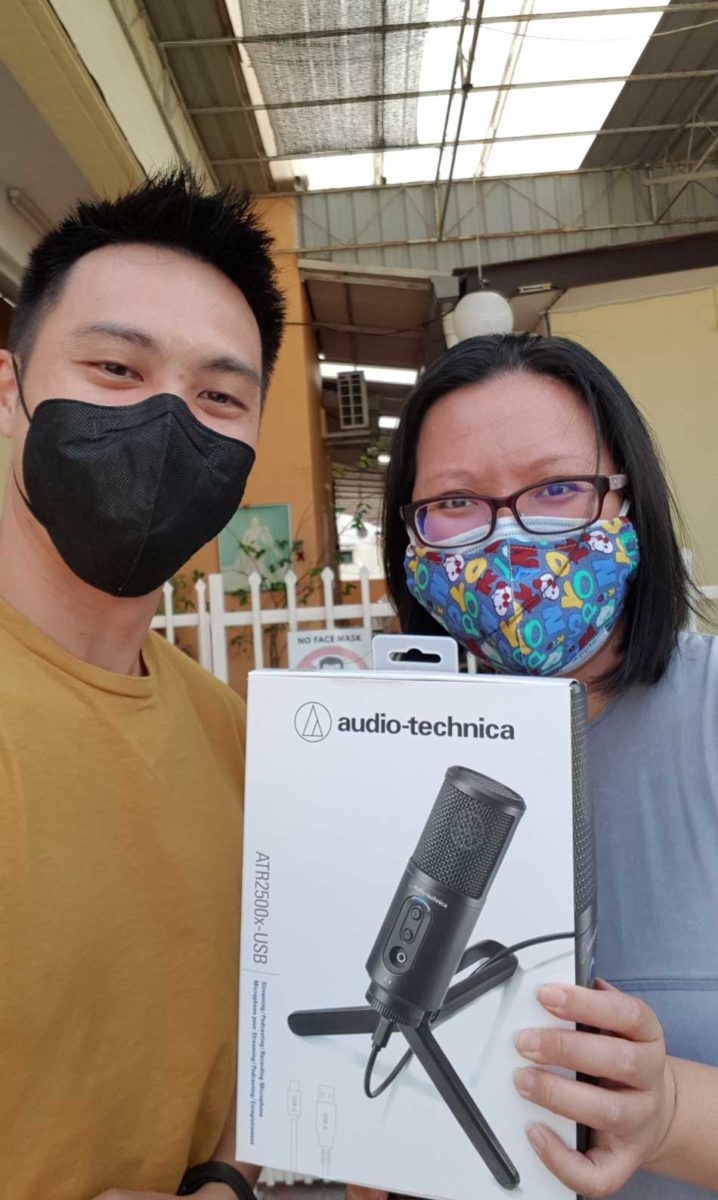
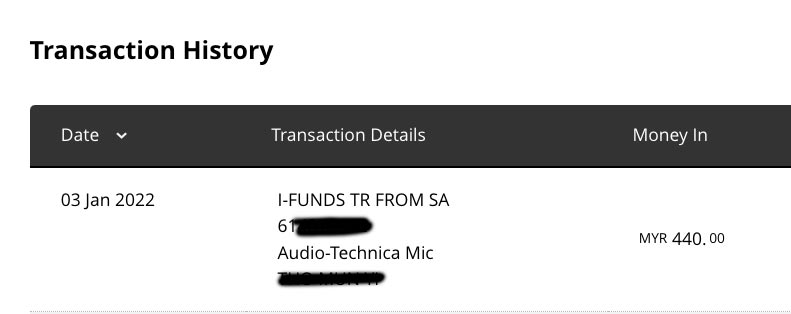
Loss aversion marketing strategy.
I encountered lots of rejections over the past two weeks. Even though people know they would do better with a microphone, they wouldn’t buy it.
It’s like trying to sell spectacles to short-sighted people. Many of them would insist, not needing one. But once they put on a pair of spectacles, it becomes hard for them to not use them.
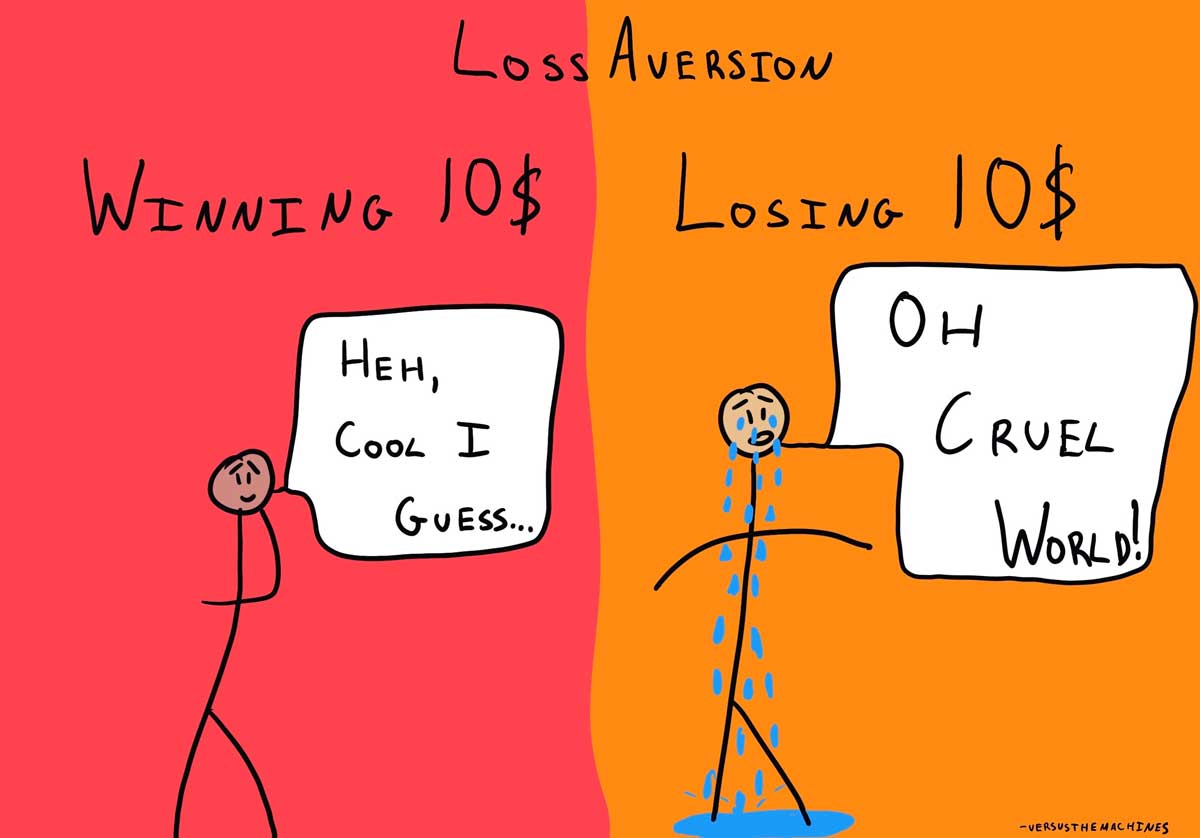
So instead of choosing to sell a microphone outright, I allowed my prospects to try it first. And that got me my first two customers.
Week 2 Recap & Takeaways
Look around, and you’ll find many companies using loss aversion in their marketing.
Netflix and Spotify are great examples, where they provide their users with a 30-days free trial. At the end of the trial, most users would want to avoid losing access and start paying.
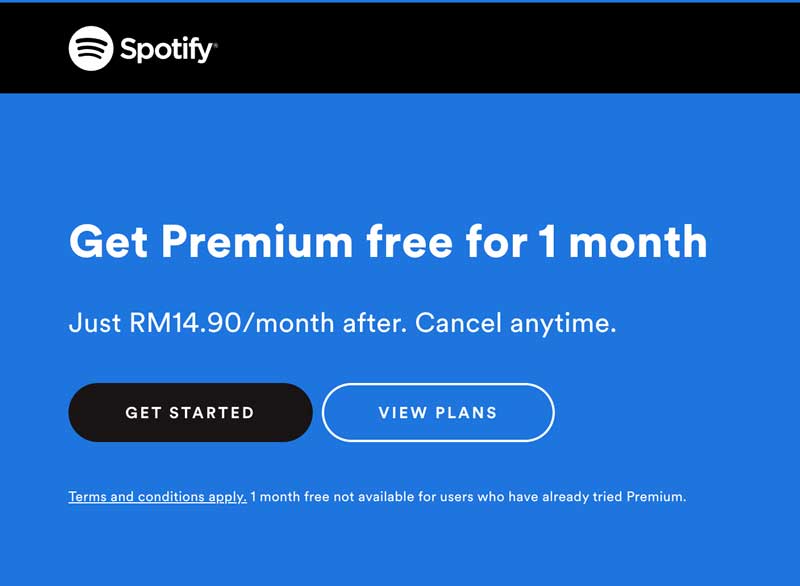
Moving on, I’ll be moving into scaling up the business. This means setting up a simple website to explain the offer. Once the site is ready, I’ll do some digital marketing to reach more customers.
Week 3 – Building a Website
Notice that I only chose to build a website ONCE I validated that people actually want to buy what I’m offering.
Also we’re not building a boring website with the usual ‘Home’, ‘About’, ‘Our Values’ and ‘Mission’ pages. Most customers only think about themselves. Don’t get me wrong, I’m not saying that there’s no need to put up an About Us page. I’m suggesting that you build your website to navigate your customer through a sales process.
One mistake with building websites is that business owners tend to spend too much time building their websites. Remember, the important thing is to look for customers.
Purchase hosting and domain
I bought a .my domain from Exabytes and used an existing hosting plan that I have on Namecheap.
Domains names.
I like to think of domain names just like house addresses in real life. You want a domain name that has a high perceived value and one you can exit from. For example, hotels.com would be more valuable compared to findhotelsmalaysia.com.
Use Flippa.com to get ideas for a high-valued domain name.
Web Hosting.
Web hosting is basically where your website files are stored. The different types of hosting plans cater to different website owners’ needs. I would recommend starting off with a shared hosting plan to keep your costs low. Then scale up into faster hosting as your site grows.
You can take a look at hosting recommendations on Bitcatcha.
Watch the video below to see me registering a domain and hosting the site:
As soon as the domain is pointed correctly to the hosting, I proceeded to install WordPress on the site. I chose WordPress because it’s easy for me to set up a website with it. Again, don’t get stressed with choosing the ‘right’ platform to build your website.
It’s fine to build your website on other web platforms like Shopify or Wix. More importantly, choose a web platform that enables you to set things up quickly.
I installed DIVI, a WordPress theme with a drag-and-drop builder on my site.
You can see the site I built: https://forge.my/
Building a high-converting landing page.
First, we have to identify who our audience is so that the content on the website speaks to them. I identified that I wanted to help content creators – so my landing page speaks to content creators.
As you build your website, follow the AIDA framework:
- Attention: First grab the attention of your visitor. A way to do this is to speak directly to them.
- Interest: Then build their interest for what you are offering.
- Desire: Next, create desire. Why should they buy from you, and why now?
- Action: Finally, tell them what to do. E.g. “Click this button and buy now”
Create an attention-grabbing headline.
To grab the attention of my audience, I made sure to call them out in the headline. Then I followed up by telling them they need the microphone. This builds curiosity and interest.

Build desire.
Next, I built desire by explaining why they need the microphone. I even created a video to show the effect of using the microphone.
Help your customers imagine how their life will be better with the product or service you are offering.
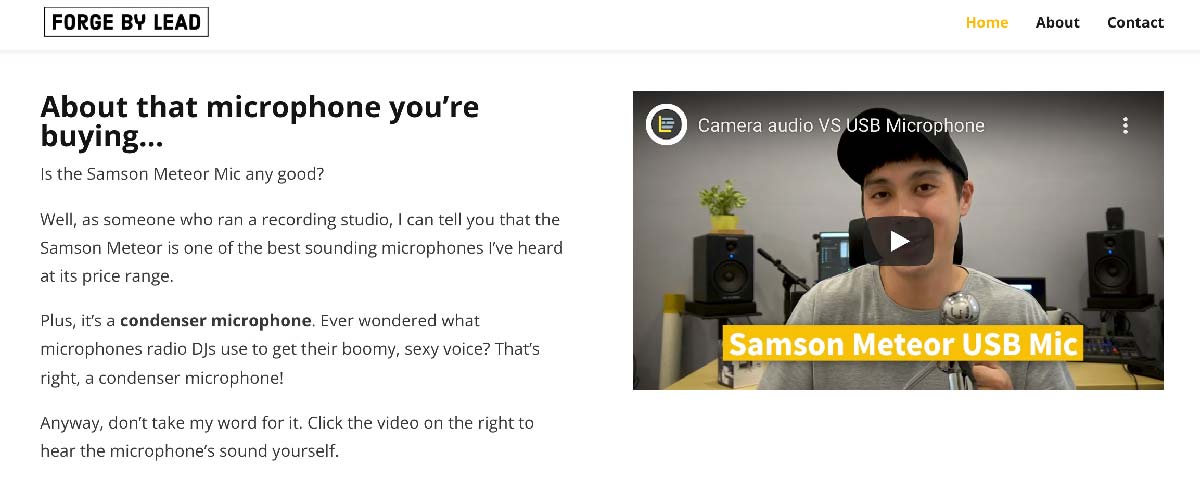
Make an offer your customers can’t refuse.
For your customers to take action, you have to create an outrageous offer. In the words of the godfather, “I’m going to make him an offer that he can’t refuse.”
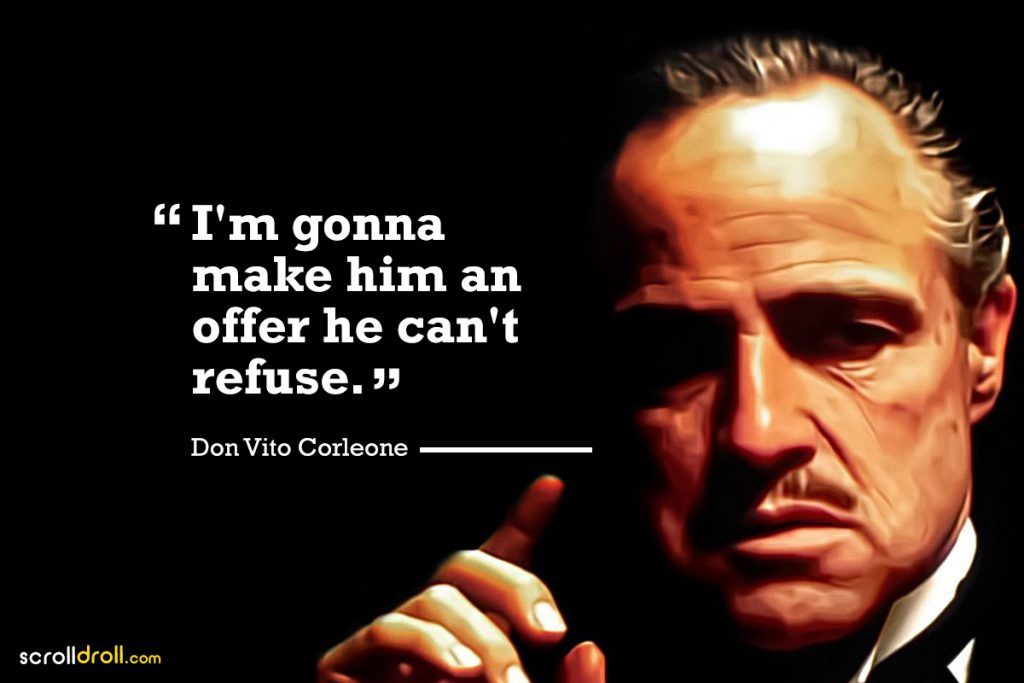
To do this, I created a guarantee that I’m confident my competitors would find hard to do. I offered a 7-days money-back guarantee – that if they didn’t like the microphone, they can simply request to return the product and get their money refunded.

This lowers the risk of my customers. If anything goes wrong, I can get my money back, right? After all, if a seller is bold to give a guarantee, then the product must be good!
Don’t forget your about and contact page.
The about and contact page are seriously important pages on a website.
Most customers will want to find out who they are buying from. So, avoid stock photos on your website. Use real actual photos to build trust.
Having a contact page is a must. You want a customer to know where to go if there’s a problem with their purchase.
Promoting the website.
With the site done, it’s not time to sit back and relax. 80% of your time should be used to promote the site. Here’s what I did so far:
Posting the site in a Facebook Group.
I made a post about the site in LEAD Knowledge Circle, a small Facebook group consisting of working professionals and entrepreneurs.
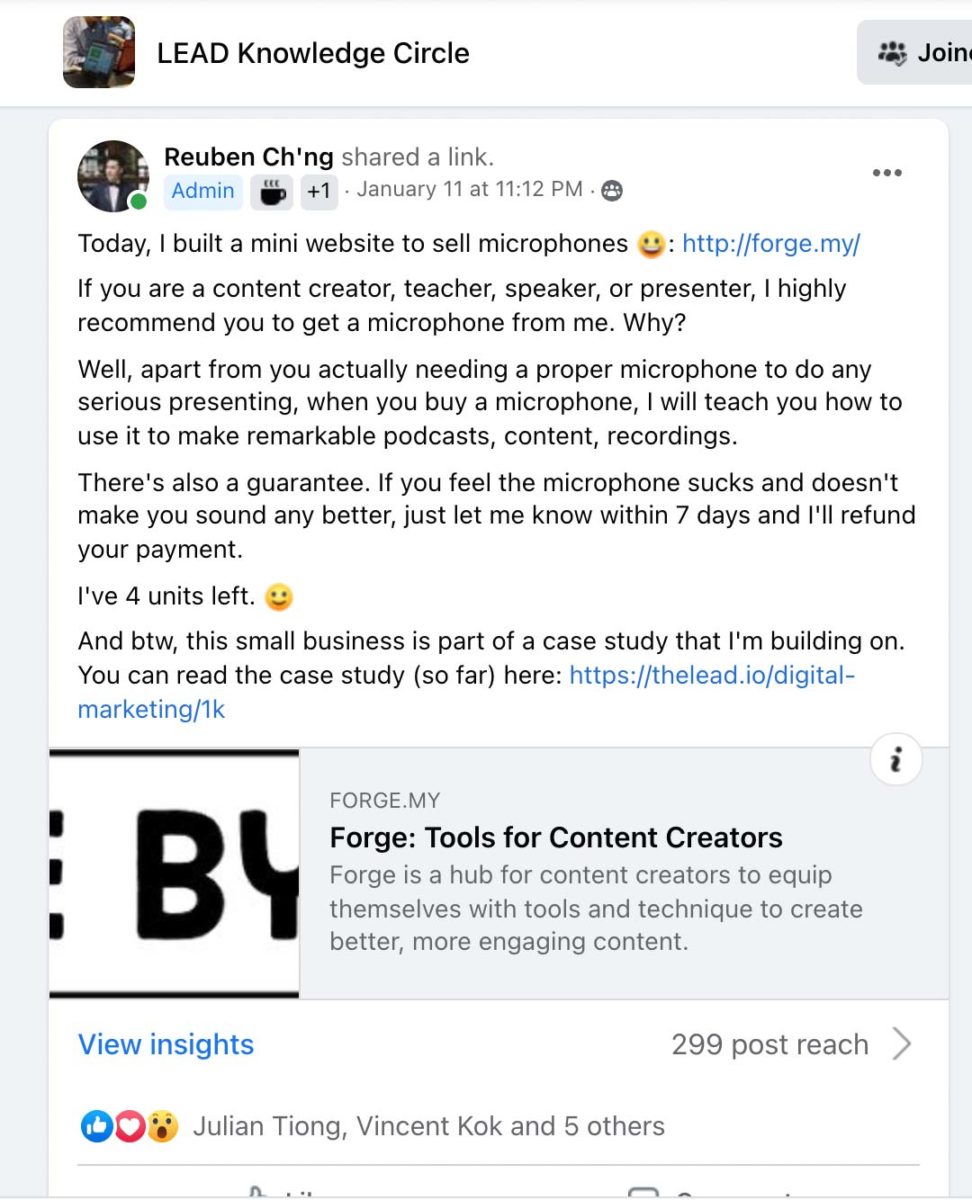
Click here to join the group and see the post.
When you post in a Facebook group, don’t sell straightaway. Make sure to spend some time building your presence by engaging in conversations, before attempting to sell anything. I was already interacting with members within the group, prior to posting the site.
Emailing my blog readers.
Next, I sent an email to 121 subscribers of my blog, about the latest post on my blog and inserted the link at the end of the email to visit the site.
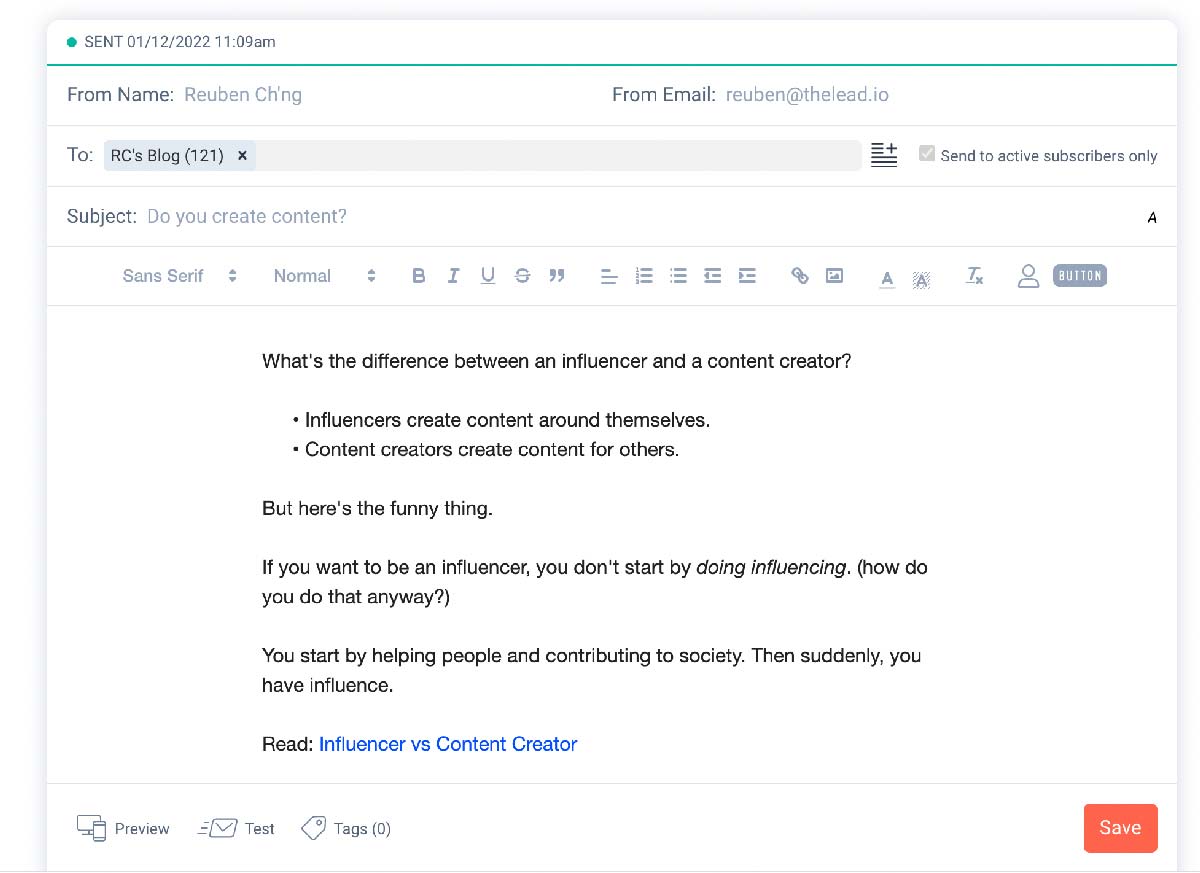
I used Sendfox.com for this, but you can use any email marketing platform like Mailchimp or Getresponse to do this.
Week 3 Recap & Takeaways
By the end of week 3, I managed to hit the RM1000 goal – with a total of RM1,120 in sales. To turn this into a sustainable business, we would have to increase the number of sales, so for the final week, I would be looking at scaling the business.
Here are some key takeaways from week 3:
- Don’t build a boring corporate website. Build a website that directs your visitors to take an action.
- Spend less time perfecting a website (my site isn’t perfect), and more time marketing your business.
- Create an offer that your customer can’t refuse. The marketplace is crowded and you need to find a way to stand out.
- Your first few customers are your best salespeople. Find ways for them to tell other people about you.
Week 4 – Scaling the business.
To date, we’ve reached a revenue of RM1,470. To turn this side-hustle into a viable business, we have to look at generating predictable recurring revenue
Technically, there are 3 ways to drive revenue.
- Increase # of customers.
- Increase order size.
- Increase customer purchasing frequency.
Admittedly – being in the business of only selling microphones, puts me at a disadvantage because the only way to increase revenue is to get more customers. So let’s get creative.
How to increase revenue.
Out of the three ways to increase revenue, increasing the number of customers would be the hardest.
In order to increase the order size and customer purchasing frequency, we have to create an offer that adds value for our customers.
Since I serve content creators. Here are other value-add offers I thought of:
- Sell content marketing templates
- Procure and sell other equipments for content creation (E.g. Lighting, etc.)
- Offer done-for-you video editing services.
- Create a content marketing course.
Out of the list, I chose to offer done-for-you video editing services, to add more value for my customers.
Now, here is where many entrepreneurs go wrong. They start building polished sales funnels and complex email sequences – to ‘upsell’ the offer.
Remember, before you spend resources building something that might not work, validate the offer by getting actual customers first. So I used Google Slides to put in the offer for video editing services and sent that to customers who bought the microphone from me.
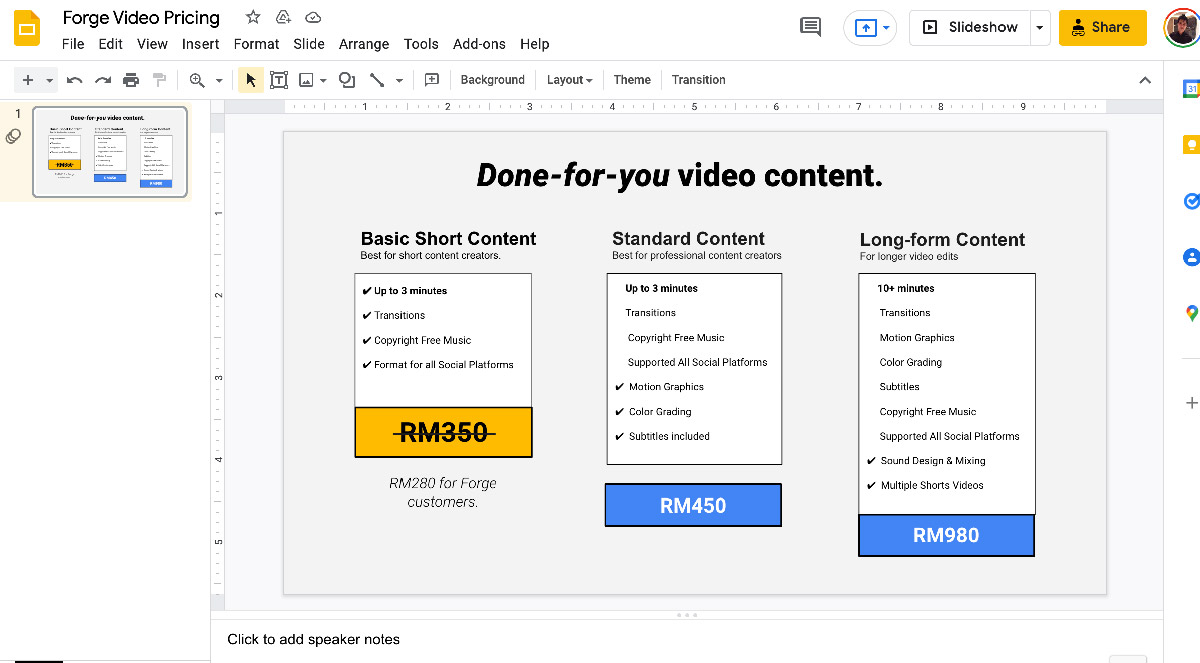
Using paid advertising to scale.
Before, if I only sold microphones at RM350 a piece, profiting averagely around RM70 a unit, it’ll be difficult to use paid advertising to scale the business. My customer acquisition cost (CAC) would have to be below RM70 for me to earn a profit.
Not to mention, I would have to sell A LOT of microphones.
Take a look at the cost estimation of running an ad on Facebook, with a traffic objective. (You can use Facebook ads planner to run cost scenarios.)

From the forecast above, it’ll cost me RM2.20 for one site visit. Assuming I have a sale conversion rate of 3% on the landing page – it’ll cost me RM73 to acquire a customer.
Ouch.
And that is assuming I have a conversion rate of 3%, which is averagely on the high-side for most landing pages.
However, let’s run the scenario again with our value-added service.
Let’s say it costs me RM73 to acquire a customer, which puts me at a profit loss. In a campaign, I managed to acquire 10 customers. Let’s say 50% of customers took up the offer to have me edit a basic video for them at an additional RM350.
Here are the numbers:
- Customers: 10
- Customer acquisition cost (CAC): RM73
- CAC for 10 customers: RM730
- 50% customer took offer: 5 X RM350
- Total revenue: RM1,750 (video editing)
- Total profit: RM1,750 – RM730 = RM1,020
Now it looks like I can afford to use paid advertising to get more customers and scale the business – without going bankrupt.
Other marketing strategies to consider.
Running ads on Facebook or Google, is just one strategy you could use to scale. Here are a few more strategies to grow your business.
1. Joint-venture strategy.
Find a non-competing business that serves the same type of customers as you, and partner up with them.
Since I serve content creators, some potential businesses I might be able to partner with are:
- Camera stores.
- Merchandise brands.
- Facebook group owners.
- Influencers with a following.
Basically, you want to find a business that owns an audience that you want to reach. Then find out what the business wants and strike a win-win partnership.
2. Content marketing.
I considered creating content to educate and build an audience. While content marketing is effective, it takes some time to build, so I decided to leave it out during the case study.
Moving forward, however – creating content will be important. The truth is, modern companies have to act like media companies. The battle of customer attention has been fiercer than ever.
Content marketing works. Otherwise, why would Hubspot, a content marketing focused software company, acquire The Hustle?
TLDR: Invest in content.
3. Zig-zag strategy.
If your competitors are advertising with Google Ads, avoid the bidding war.
There is always someone who is willing to go out of business faster than you. Read that again.
Instead, look for places your competitors are not looking at. If your competitors are heavy on Google Ads, go opposite and advertise on LinkedIn. Maybe approach a few content creators and get them to give your business a shoutout.
Conclusion
At the end of the month, I made RM1,820 in total from Forge. I did this case study, hopefully, to inspire you to start your business.
If you can make RM1000, you’ll be able to make RM10,000, RM100,000, and eventually, RM1,000,000. What’s important is to get started.
Before I leave you, here is a quick math of getting to a million.
- Sell a RM50 product to 20,000 customers.
- Sell a RM500 product to 2,000 customers.
- Sell a RM2,000 product to 500 customers.
- Sell a RM10,000 product/service to 100 customers.
- Sell a RM20,000 product/service to 50 customers.
Now it seems possible, right? Well, easier said than done. Go start working.

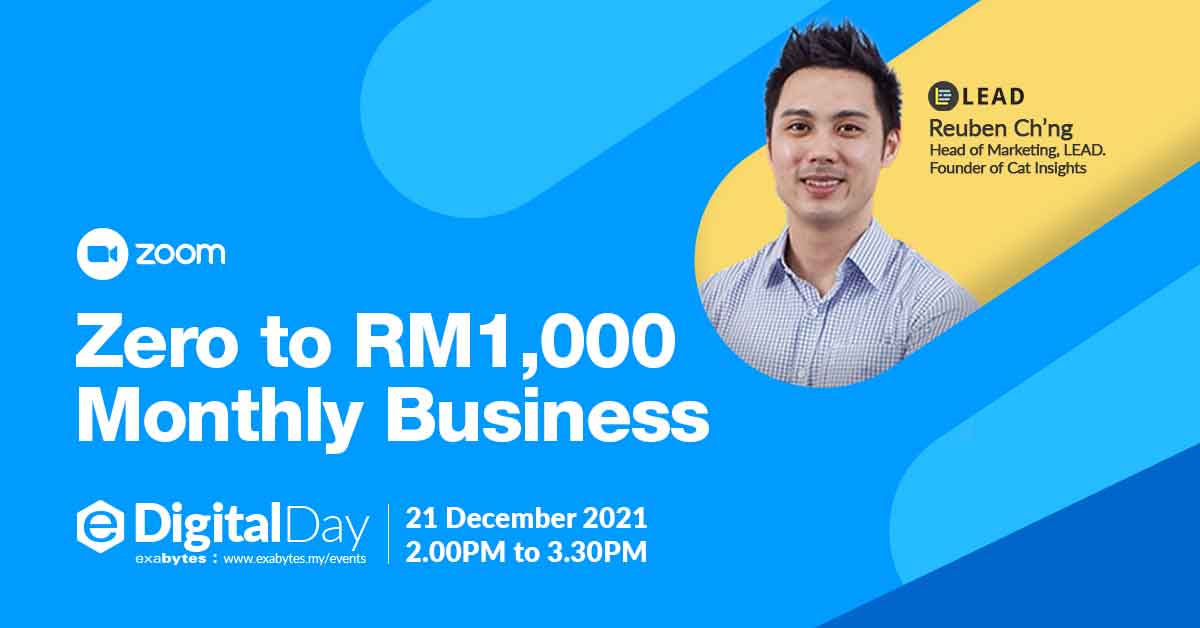
0 Comments